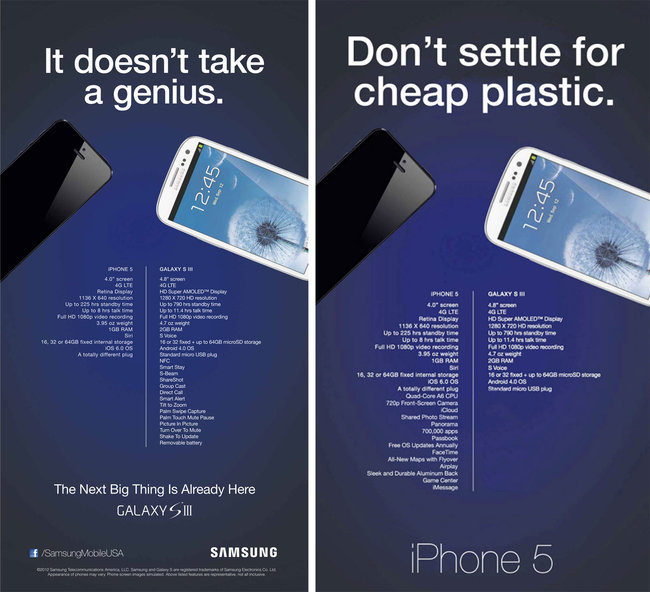Written about: Richard Branson’s Blog
Richard Branson is a leading business magnate, and not only the founder, but also the current chairman of Virgin Group. I would expect him to be busy with his business ventures of over 400 companies, but he has been keeping up with his own self written blog daily, ever since 2008. Often posting several times a day, Branson integrates entertainment, news, life lessons, social responsibility, reviews, health and wellness, recognition of amazing and influential people, business advice and much more, all into his blogs. I find his blogs a very easy read, educational, fascinating and often relatable to regular people like me.

http://s3-eu-west-1.amazonaws.com/cdn0.virgin.com/uploads/images/story/quote_simple-15336-530×330.jpg
In one of Branson’s business advice blogs “Rules for Being a Good Negotiator”, he states that “the parties should try to build a rapport, check each other out, even just by shaking hands or eating together. Each should listen actively.” I am very captivated by the way he gets his point across – his advice is so seemingly simple, but people never stop to think to do such things.
Branson has so much to tell about his exciting fast paced life as he is a very successful and inspirational businessman, as well as a very down to earth person. Many of his blogs provide realistic and practical advice to his readers – be it about pursuing a dream or doing things differently.
At the same time, when I read some of his other blogs, I feel as if I can live vicariously through his adventures, as he is a big risk taker in life.

Richard Branson swimming with tiger sharks (See blog post)
What I enjoy most about Branson’s blog is that he writes to everybody and not just to people in the business world. His blogs are not long and his topics include a broad range; he knows how to grab the readers’ attention and keep up with their interest. I can definitely say that I never get bored of reading what Richard Branson is talking about.












